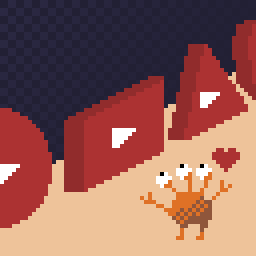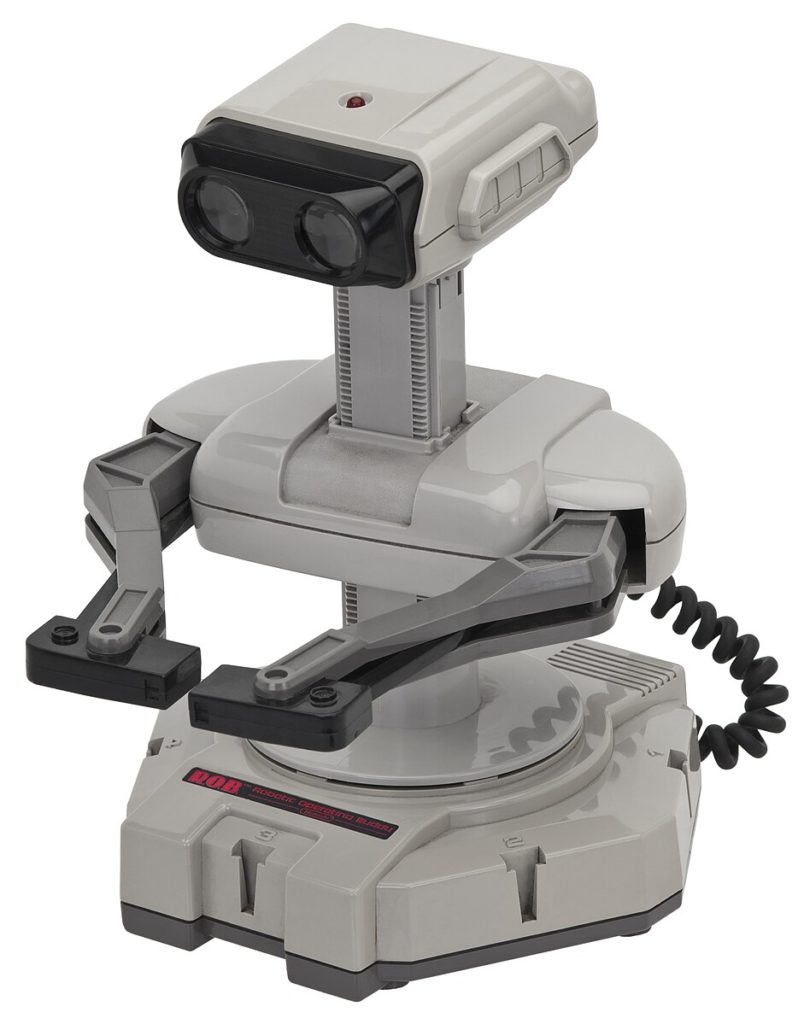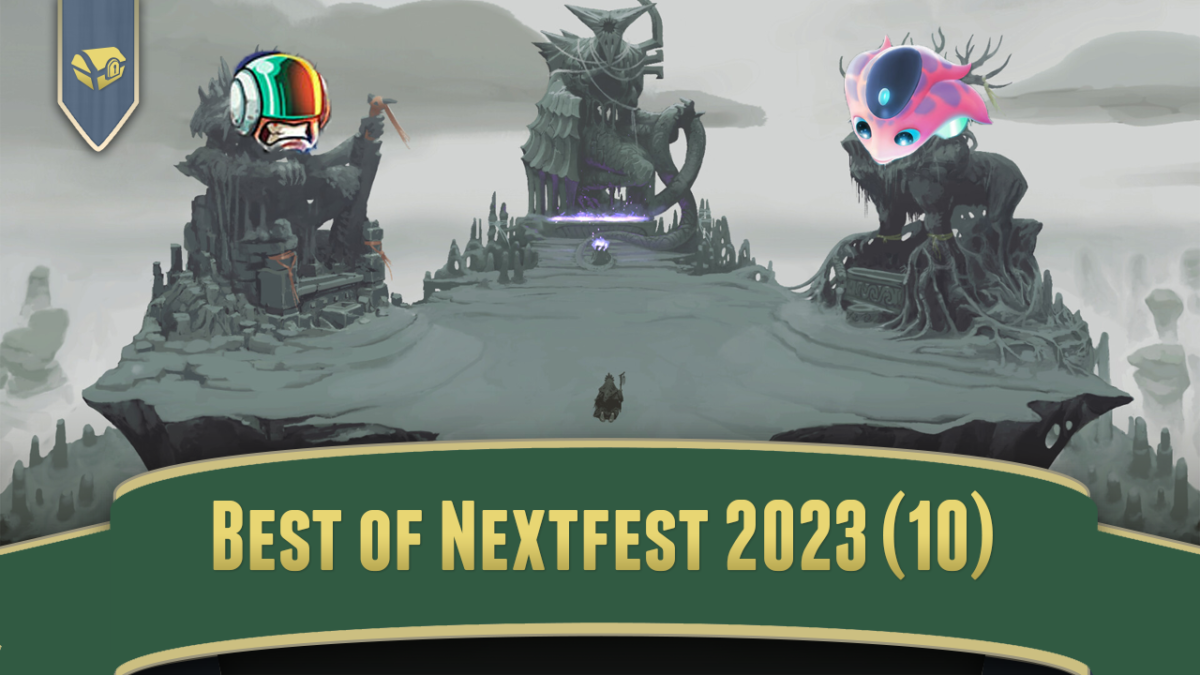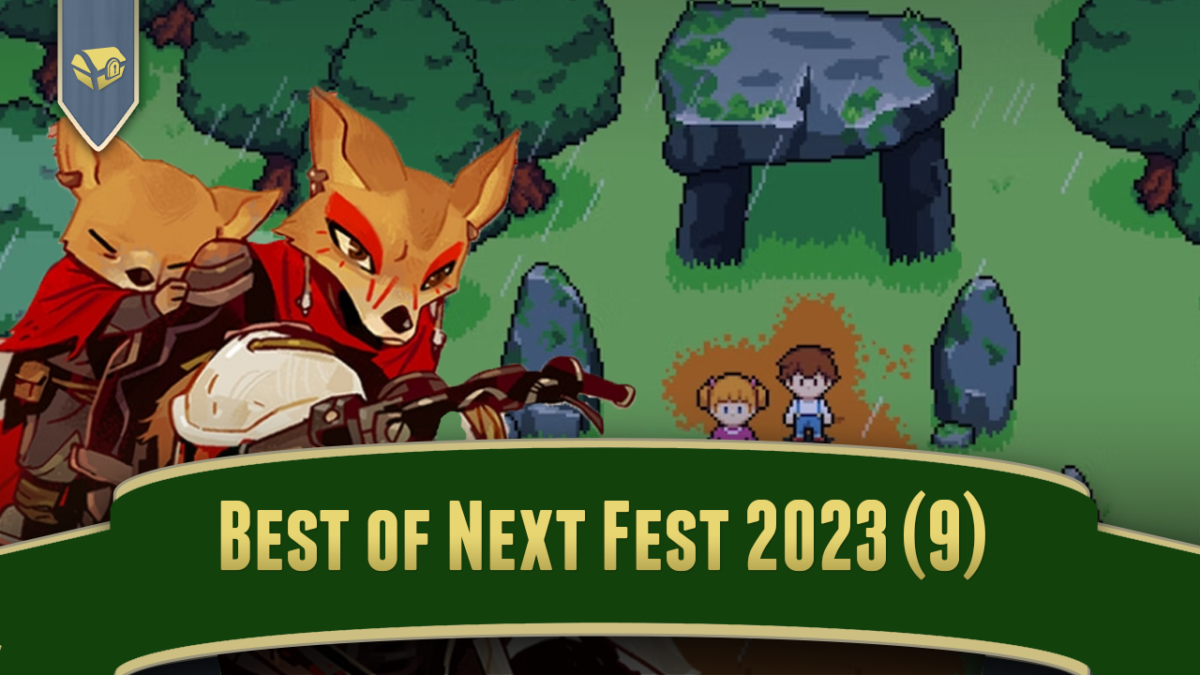
Sundry Sunday is our weekly feature of fun gaming culture finds and videos, from across the years and even decades.
This week’s fun video isn’t decades old, in fact it’s from just a few days ago, from AGDQ.
The NES title Gyromite, a.k.a. Robot Gyro, is a very interesting game from a design standpoint, possibly more interesting than it is to actually play (although I think its music is very catchy). It’s never been rereleased by Nintendo, for the probable reason that it relies on the accessory R.O.B. to play.

R.O.B. was a motorized accessory that activated servos in its arms depending on light signals sent to it from the screen. No cords went from R.O.B. to the NES. It used photoreceptors in its “eyes” to detect the screen signals, which were ultimately caused by player input on the controller. A fairly roundabout means of control, honestly.
Only two official R.O.B. games were made, and Gyromite (Going by its Japanese name “Robot Gyro” according to the title screen) used the “gyro” accessory for play. A platform is placed in front of R.O.B., on which you place the controller for Player 2.
On the controller is a device that spins the “gyros,” colored weighted tops. By manipulating the arms with action on Player 1’s controller, making them swing around and opening and closing the claws at the right time, you can cause R.O.B. to lift the spinning gyros from their platform, then set them down on the NES controller’s buttons. In the game, this caused colored pillars to rise or fall according to the control signals.

While manipulating all of this, you also have to watch out for the action of the game itself. Gyromite is a simple platformer, but one without a jump button. The difficulty comes from having to essentially play two games at once, the platforming on screen and manipulating R.O.B. to position pillars in the right places in space and time.
R.O.B.’s motions are not simple to command either. It takes time for the arms to pivot between their destinations, time that must be accounted for in the on-screen action, and while the tops spin for quite a while they will eventually have to be collected and set back on their pedestals so they can be spun back up to full speed, or else they’ll topple over on the button. This doesn’t produce a failure state in the game. It’s just left to you to pick the top up yourself and put it back on its stand to be spun again. R.O.B. isn’t capable of such feats of dexterity.
There’s a lot more to say about R.O.B., and how it was mostly distributed as part of the Nintendo Entertainment System’s “Deluxe Set” in the U.S., the more expensive version that didn’t come with Super Mario Bros. Instead of that, let’s talk about how, due to the fact that R.O.B. is just a fancy-shmancy way to press controller buttons, that you can replace it entirely with some other mechanism, or indeed, even animal.
That’s what happened Wednesday at AGDQ, where Peanut Butter the Dog, with coaching from JSR_, left R.O.B. gathering dust in the closet as they played through Gyromite Game B.
They didn’t make it all the way without running out of lives, but they picked back up and kept going. And that doesn’t detract at all from Peanut Butter’s skills, or amazing doggy focus. They are intent on reading those hand signals and getting those tasty treats. So while they didn’t earn a world record, for “Dog playing Gyromite Game B,” their accomplishment is of definite note.
There are around four minutes of introductions at the start of the video, so if you want to jump right in to the run, begin here.
Gyromite by Peanut Butter the Dog & JSR_ in 26:24 – Awesome Games Done Quick 2024 (Youtube, 33 minutes)





